How many days does it take to acclimatize to the heat and what are the benefits?
Getting the body used to pedaling and performing in high temperatures is essential for those who compete at this time of year and, by extension, also for those who set their cycling goals in the summer months. An adaptation that professional teams are increasingly taking into account by incorporating the CORE temperature sensor into their arsenals.

Getting your body used to heat will make you a better cyclist
Pedaling in high temperatures has a negative effect on performance. It is a well-established fact that anyone who has ever trained indoors without a fan or during the hotter months knows all too well from looking at their power output. Even in the final stages of the Giro d'Italia, with the arrival of summer, many cyclists have been seen struggling and constantly reaching for water bottles or asking the crowd to cool them down during climbs.
In fact, laboratory studies have shown that an increase in temperature from 23 to 32 °C results in a performance loss of around 7% in a 30-minute time trial, a significant decrease in the highly competitive world of cycling today.
RECOMENDADO
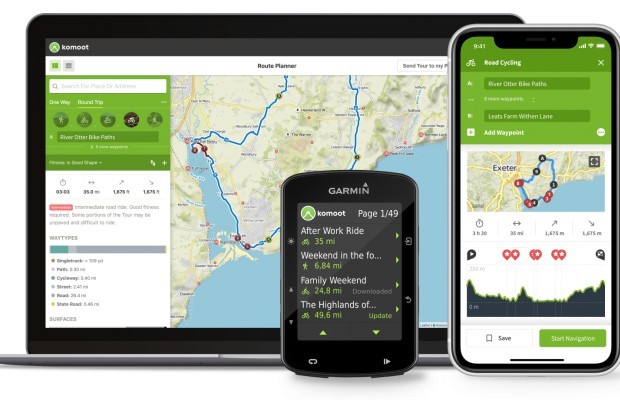
The best apps for cycling and mountain biking
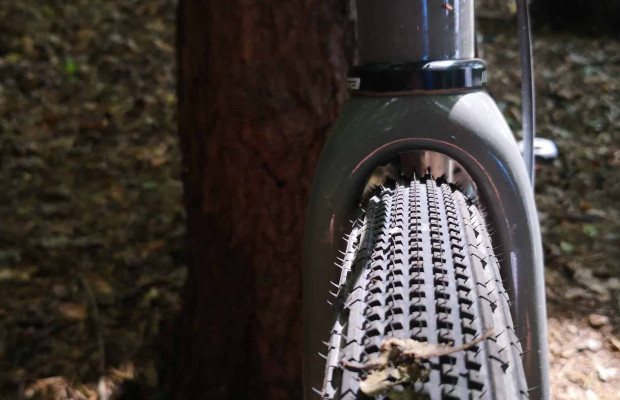
Why wider tires in gravel are faster

Black Friday 2025 cycling bargains: save on Garmin, POC, Maxxis and more
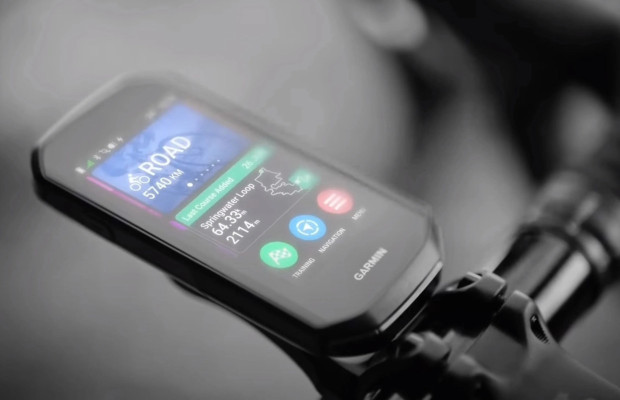
Black Friday Garmin 2025: the ultimate guide to choosing your GPS at the best price
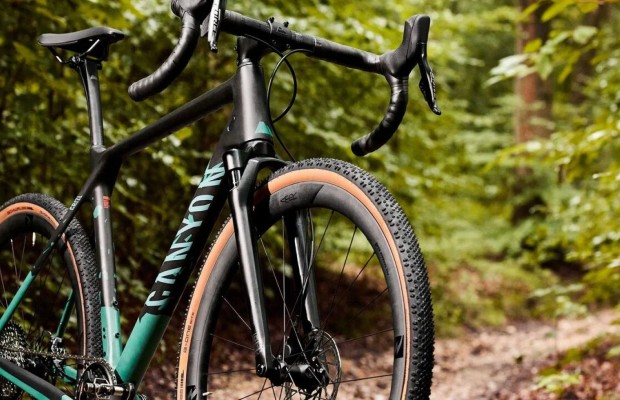
Do you need suspension on your gravel bike?

Countersteering, braking and cornering: the basics to improve your cornering skills
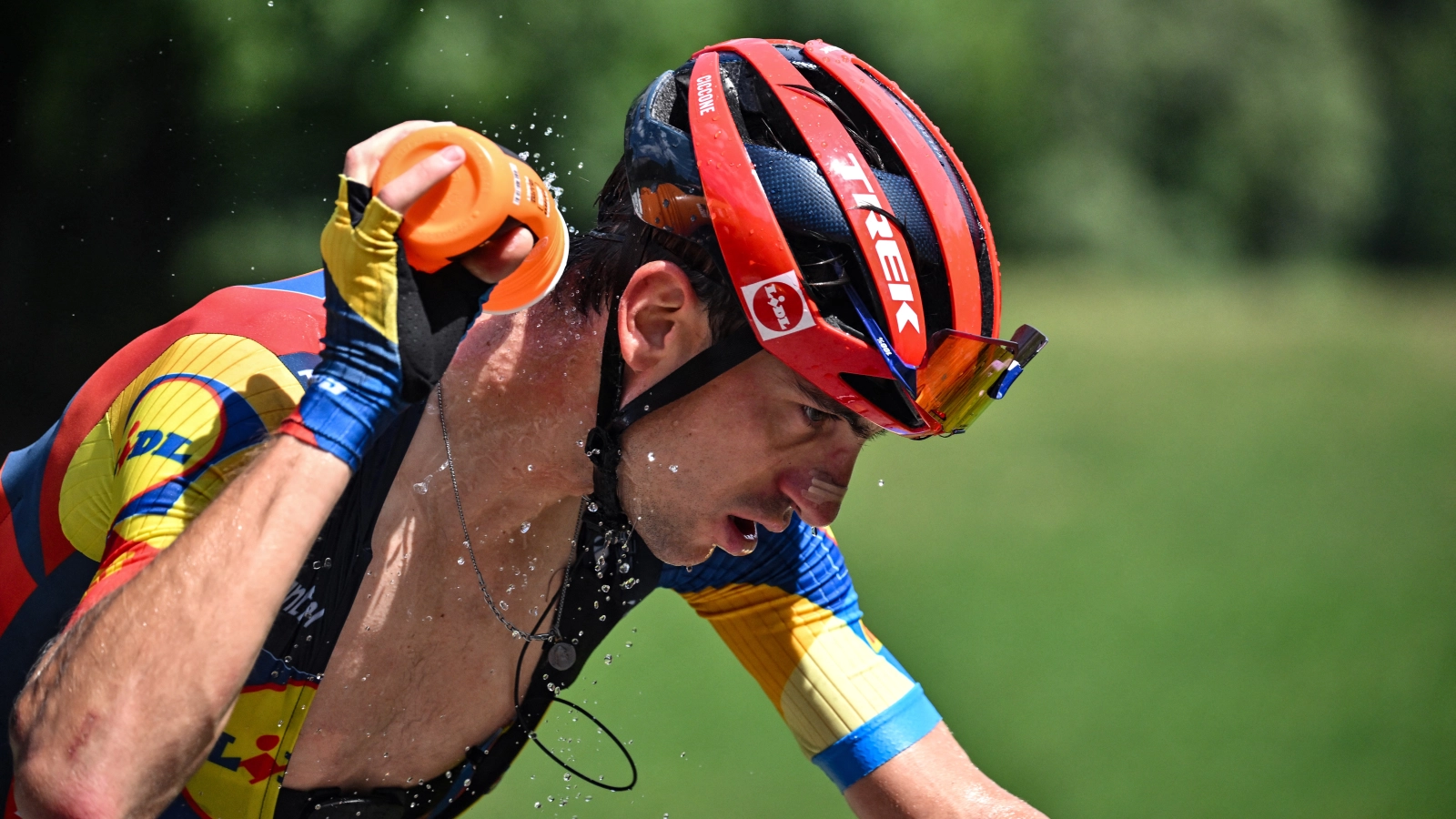
That is why teams are increasingly taking into account the planning of their cyclists' training sessions, which also help the cyclist achieve other interesting adaptations for competitions in less demanding temperatures.
Among the improvements achieved with heat acclimation training, we can find an increase in sweating rate, which causes the body to start sweating earlier, even in lower temperatures, allowing the body to work optimally. An increase in blood plasma volume and improved reabsorption of electrolytes left on the skin after sweat evaporation have also been observed. Additionally, there are studies suggesting that good heat acclimation also impacts an improvement in VO2max, benefits that the cyclist can take advantage of throughout the year.
Acclimating the body to heat, like all training sessions, requires dedication and time. Current protocols suggest a period of 2 to 4 weeks, with adaptations starting to occur after 4 or 5 training sessions aimed at achieving these improvements, and reaching maximum results with around 10 to 15 "doses" of heat.
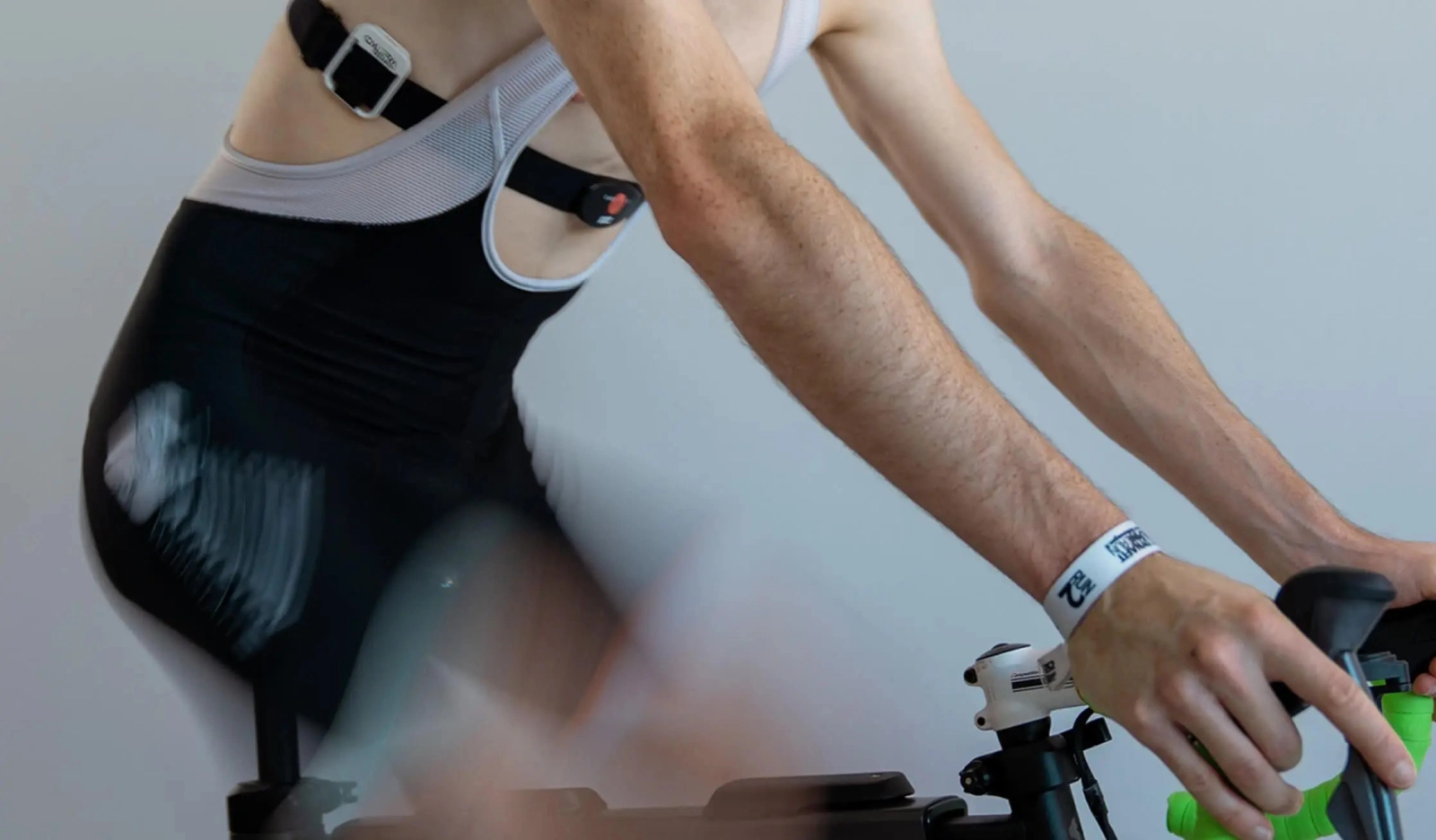
Naturally, various methodologies have been developed to achieve this heat adaptation. On one hand, there is the active acclimation strategy, which essentially involves training in heat. These sessions aim to increase both the core and skin temperature between 30 and 40 °C. These sessions mainly focus on aerobic efforts, with some high-intensity intervals included.
There are also passive acclimation techniques that involve using different methods other than training to expose the body to high temperatures, such as hot water baths or sauna sessions. These techniques have the greatest effects when used to stress the body prior to a heat training session. Additionally, they are a good option for those living in cold climates, where opportunities for heat acclimation on the bike are limited beyond wearing extra layers.
Obviously, this type of training puts significant stress on the body, so it must be integrated very precisely into the training plan, allowing enough time for proper recovery before facing certain key training sessions. It also requires the cyclist to pay special attention to precise hydration.
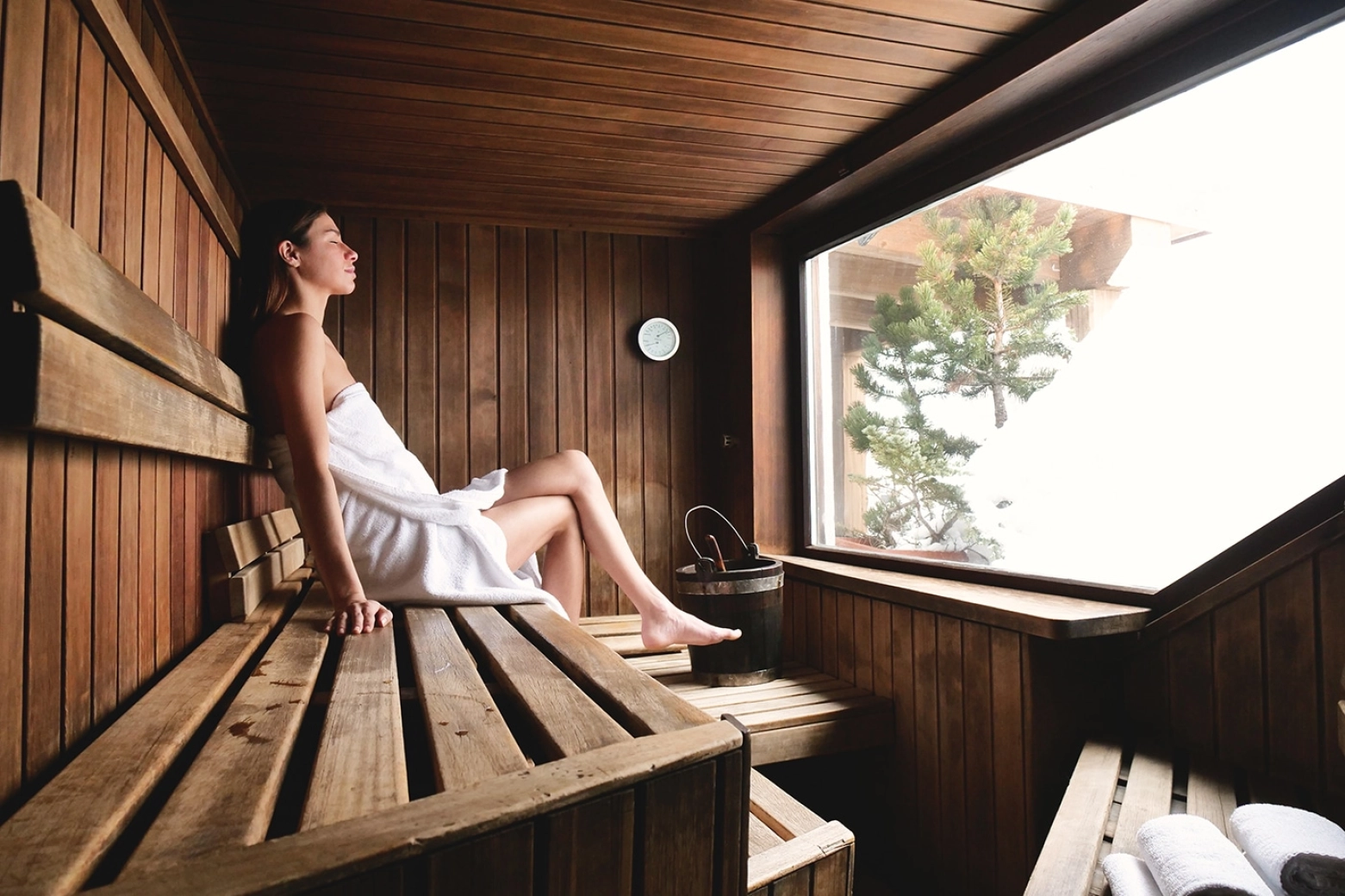
Furthermore, like other training techniques, heat adaptation training should be scheduled at specific times during the season and not continuously throughout, where its effects on physical fitness would become irrelevant. The current trend is to use these heat acclimation training sessions outside of the competitive period, introducing several moments to tackle these sessions as a preparation for specific goals. This approach is quite similar to the one typically used for altitude training, for example.
In any case, as with the principle of individualization in sports training, not all cyclists respond the same way to this type of training, so the experience and validation of the effects of heat acclimation on each cyclist will determine whether or not to introduce these sessions and when to do so.